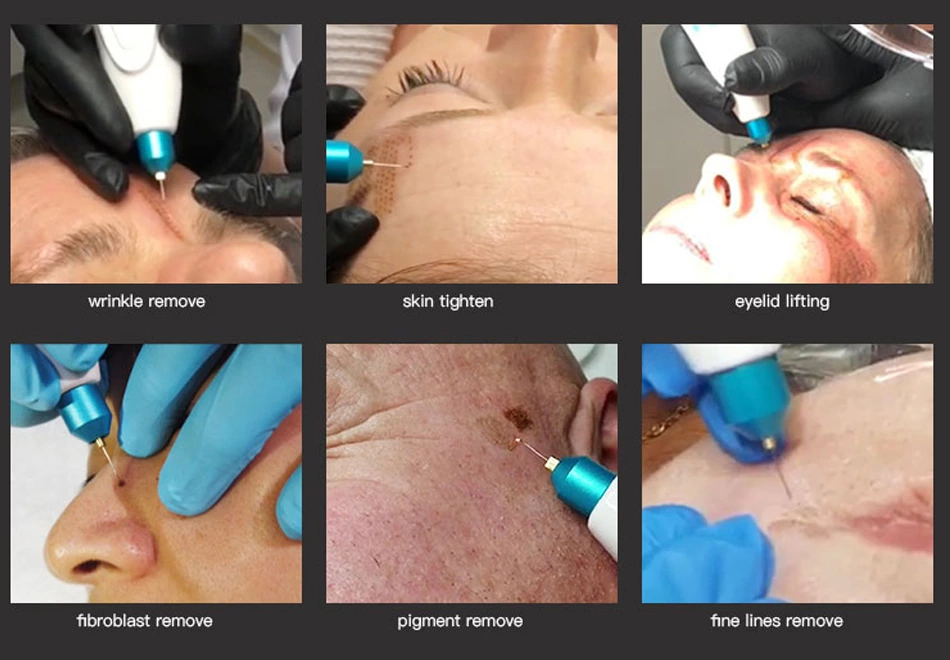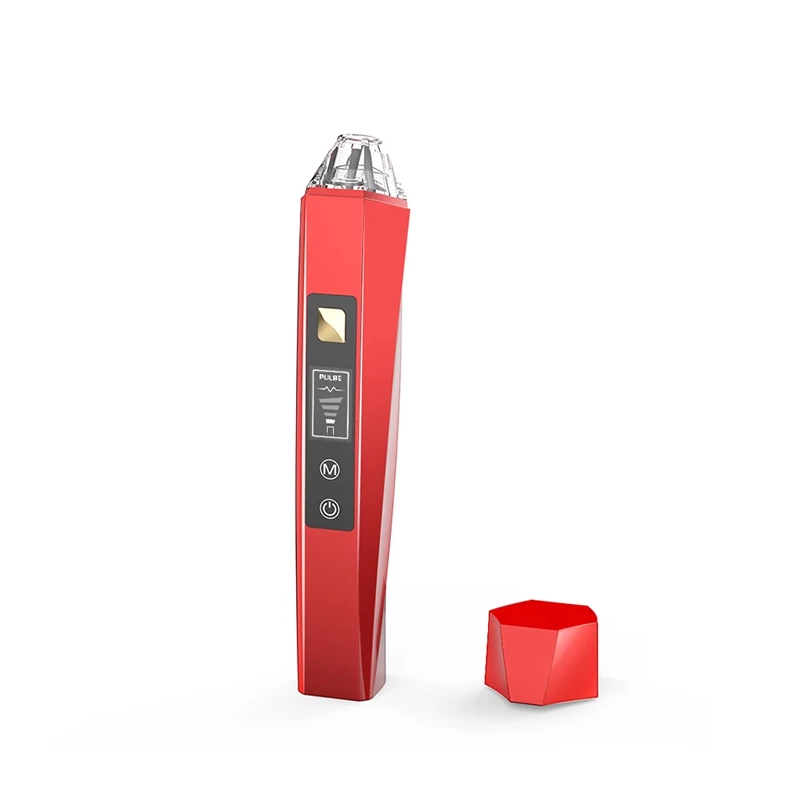Plasma Pen Healing Process
plasma pen mole removal healing process
Laser pointer is a commonly used method and is widely used in mole removal surgery in the field of medical aesthetics. Moles are a common skin problem that can sometimes cause inconvenience or dissatisfaction to people. Laser pointer is one of the options for mole removal. After removing moles with laser pointer, some redness, slight pain or local redness may appear. This is a normal reaction and usually subsides within a week. During this time, it is recommended to remain rested and avoid strenuous exercise or touching the surgical site. During the first week after surgery, the patient needs to pay attention to the care of the wound. Your doctor may recommend antibacterial ointment to prevent infection. At the same time, it is also important to keep the wound dry and clean. Avoid using cosmetics or other irritating products, so as not to cause secondary damage or infection to the wound.
Plasma pen healing stages
Plasma pens are commonly used in the treatment of various skin problems, and patients need to focus on the plasma pen healing process day by day after the non-invasive procedure.
Day 1:
For the first day after surgery, you may experience some discomfort such as slight redness, itching, and warmth. This is a normal symptom and usually starts to lessen within 24 hours. It is recommended to avoid touching and rubbing the treated area as this could cause infection or damage the skin.
Day 2-3:
At this stage, you may observe the treated area begin to scab and shed its skin. This is the natural repair process of the skin. Do not take the initiative to tear off the scab, so as not to cause wound infection or increase recovery time. Keeping the treated area dry and clean, out of direct sunlight, can speed healing.
day 5 plasma pen healing process
During the first few days after treatment, small scabs form on the surface of the skin in the treated area to protect it. By the fifth day, these scabs may begin to fall off or become loose. You may notice that some of the scab over the treated area has fallen off, exposing the new growth skin underneath. In addition to the shedding of scabs, the healing process of the plasma pen treatment on the fifth day may also be accompanied by a slight molting phenomenon. The surface of the skin in the treated area may begin to shed finely, which is a normal healing response. Exfoliation helps remove dead skin cells and encourages new skin cell production. You can use a doctor-recommended moisturizer or a specific repair cream to moisturize and restore moisture to the treated area. Avoid using skin care products that contain alcohol or irritating ingredients, so as not to irritate the skin. Throughout the healing process, the skin in the treated area is very delicate and sensitive, vulnerable to UV damage. Therefore, on the fifth day after having a plasma pen treatment, it is crucial to ensure that the treated area is protected with an appropriate sunscreen.
Day 6-7:
The skin in the treated area has largely healed, and the scabs have completely fallen off, revealing newborn skin. At this point, you may notice less pigmentation and brighter skin in the treated areas. However, the speed and effectiveness of recovery may vary from person to person, and results depend on individual differences and the type of treatment.
Things to note about plasma pen healing process:
During the entire treatment period, avoid touching the treated area and tearing off scabs as this can cause infection or prolong healing time.
During the first week after treatment, avoid using skin care products that contain alcohol or irritating ingredients, so as not to irritate the skin.
Avoid direct sunlight and UV rays and protect the treated area with an appropriate sunscreen.



